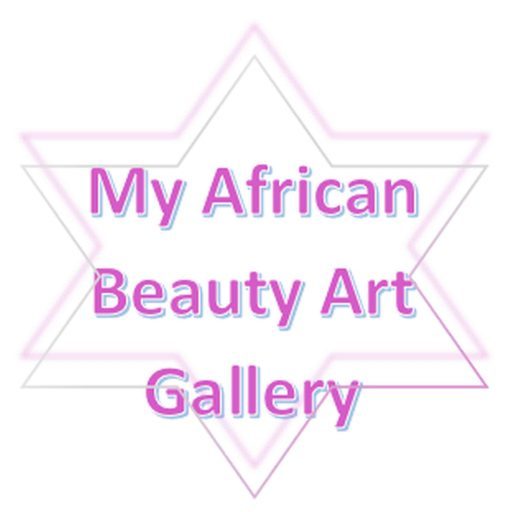MANGBETU
TYPES OF ART
Most Mangbetu art was reserved for ruling class and was secular in nature. Wooden figures are believed to be ancestral portraits. Harps and trumpets that were used by court musicians were often adorned with sculpted human heads. Decorated thrones and knives were also part of the royal regalia.
HISTORY
Linguistic patterns indicate that the Mangbetu originated from the northeast, probably from modern day Sudan. As they moved southward they encountered Bantu migrations moving northward. They finally settled in their current homeland in the 19th century. This area had been occupied by the Mbuti. The Mangbetu intermarried with and subsumed many of the Bantu and pygmy populations they encountered. In the 19th century the Mangbetu Kingdom was established under Nabiembale and became the dominant political force in the region until 1880, when Sudanic and Islamic slavers entered the region, fragmenting the kingdom into sultanates controlled by Moslem leaders. When the Belgians arrived they expelled the slavers.
ECONOMY
The people living in the Mangbetu region subsist mostly on hoe farming, fishing, and some hunting. Yams and plantains are the primary crops, and some cattle farming is done. Unlike other Sudanic peoples, however, among the Mangbetu only the men are permitted to do the milking. Livestock is seen as a symbol of wealth and is often exchanged for bride prices. When the king reigned, he monopolized the copper and ivory trade.
POLITICAL SYSTEMS
The name Mangbetu refers strictly to the ruling aristocracy, which ruled the region during the 19th century. The paramount leader inherited his position and controlled many subkingdoms throughout the region. Often he appointed his relatives or subjugated leaders to act as his spokesmen in these villages. Most of the people who live in the area do not originate from Mangbetu lineages, but have been subjugated by them. Individual villages are stratified in accordance with the relationships of the people to the founding Mangbetu lineages.
RELIGION
The Mangbetu creator god is known as Kilima or Noro. Ara is a god associated with water and was known to take the form of an animal that was to be feared. They also believed that human souls could be reborn as animals. The Mangbetu royalty demanded that their ancestors be venerated. Likundu (bad spirits) demanded offerings by punishing those who ignored them with sickness and misfortune. These spirits could be directed at an individual by witches. The job of the diviner among the Mangbetu often involved uncovering and correcting the work of witches.
FACTS ABOUT MANGBETU
LOCATION

COUNTRIES
Democratic Republic of the Congo
LANGUAGES
Mangbetuti (central Sudanic)
POPULATION
40,000
NEIGHBORING PEOPLES
Azande, Mbuti, Momvu
